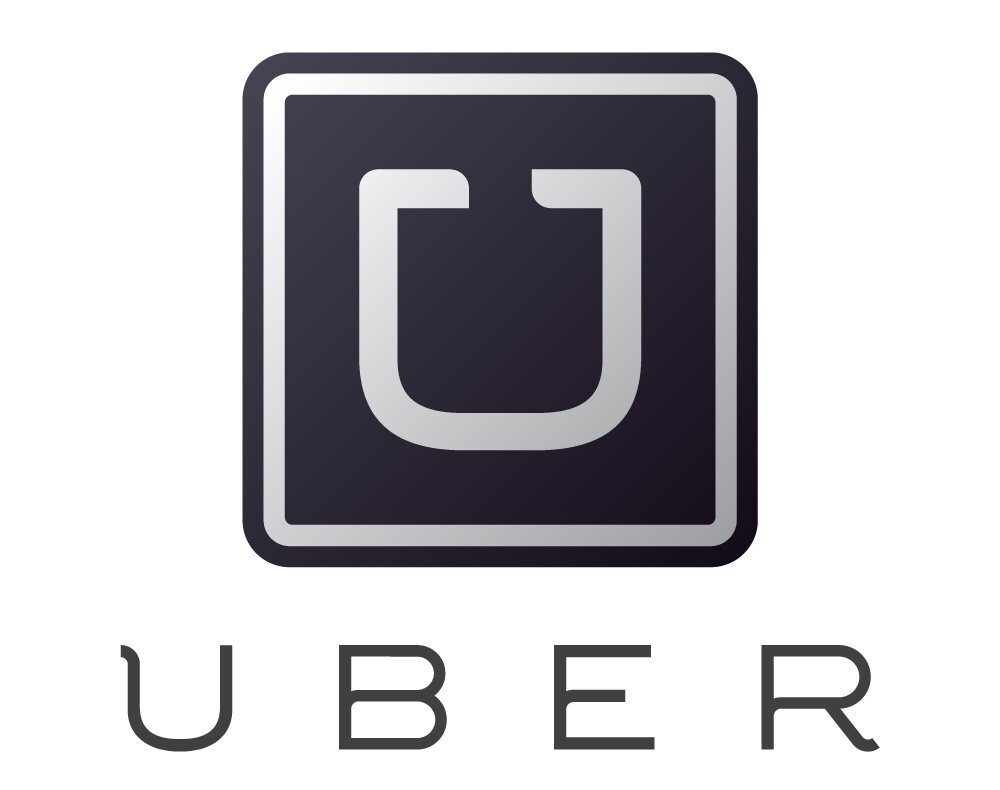Rebranding is generally a bad idea
I’ll let you into a secret.
I always hated the Chiltern Railways logo.
I thought the font was fiddly, the swoosh was dated and the whole thing irritatingly inflexible (there was no stacked form, so it always had to be long and thin, which didn’t always suit the context).
So why, you may ask, in my seven years as Commercial Director of Chiltern Railways did I not change it?
The answer is that a logo is irrelevant to almost everything that determines business success, but changing it is an expensive distraction. As a result, it is almost always a bad idea.
(it has subsequently been changed, but not on my watch)
If you look at the list of the top 10 most valuable brands in the world, very few have substantially changed their logo in the last twenty years.
Apple, Amazon, Coca-Cola, McDonalds, Samsung and Louis Vuitton have all entirely resisted the temptation to tinker so far in this century (a couple on the list, Louis Vuitton and Coca-Cola, also resisted temptation through the last century as well!).
Disney, Google and Facebook have made some tweaks in the last twenty years, but evolution not revolution.
Indeed the only brand in the top ten to have substantially changed its logo this century is Microsoft.
By contrast, both Uber and Deliveroo (two recent startups that got big in private markets and then underwhelmed at IPO) distracted themselves by rebrands; in Uber’s case, twice:
Obviously, the reason why Uber and Deliveroo saw their flotations bomb isn’t because they’d changed their logo. But the management time spent in meetings about the logo could have been spent more productively on customers.
I remember back in 2014 when Tesco was suffering a major crisis (do you remember? Profit warning, CEO fired, black hole in the accounts, market share being squeezed between Lidl/Aldi and Waitrose) wondering if Tesco would rebrand. After all, that’s just the kind of time when companies feel the need.
Time to rebrand?
But they didn’t and that’s probably a good thing. It wasn’t the logo that was dragging them down: it was management complacency, lack of product evolution and fraud. And none of those things would be impacted by changing the logo.
When I did my graduate training, I spent time at Midland Mainline. At the time, the company was going through a torrid time. They’d just introduced a direct service to Manchester using second-hand trains that didn’t work properly, and the knock-on effect was messing up the established routes. Both staff and customers were fed up.
What did Midland Mainline do? They changed the logo.
Out went the “bambi” logo that (for a lot of both staff and customers) had previously been associated with improvement and quality - but which, you could argue, was now sullied. In came a new logo with no existing associations.
The management at the time clearly had faith that the new logo would make a big impression. On one occasion, Gordon Brown was due to make a journey on Midland Mainline the next day and an order went out that the train he was scheduled to ride on must be entirely comprised of carriages in the new livery. As a result, the depot staff spent so much of the night reshuffling carriages that most of the rest of the fleet went out two hours late.
I very much doubt Gordon Brown noticed that the carriages were all the new colour, but I expect most other customers noticed the cancellations caused by trains being in the wrong place.
Midland Mainline was a company that had generally been liked by its customers and changed logo as soon as it hit turbulence. But, of course, the new logo wasn’t going to improve perceptions if the trains were late. And if the trains stopped being late, there was no problem to solve.
At the other extreme, you have FirstGroup. As James Freeman told me on The Freewheeling Podcast, when he joined First Bristol, both staff and customers were embarrassed to be associated with First.
But, rightly, James didn’t waste time changing the logo. Instead, he changed perceptions of First by improving the service.
He was absolutely right. A logo is simply a badge. If he’d changed the logo before improving the service, then people would have disliked the new one. If he’d waited until the service was good, then there would be much less point changing it. Either way, what is the point of the change?
Now, there are times when changing the logo is a good idea. I think that, back in the 1990s, Arriva were sensible to rebrand from Cowie because Cowie sounds a bit… well… silly. First Great Western had become so sullied with Worst Late Western that it was sensible to change; especially as Great Western Railway was sitting on the shelf with so much potential.
But, in general, changing the logo is a waste of time and a distraction.
Now this isn’t the same as saying that good design doesn’t matter. Yesterday, on The Freewheeling Podcast, I spoke to Ray Stenning; the man more associated with transport logos, liveries and designs than almost anyone else. On the podcast, he talks about the importance of good design and he’s spot-on. It’s just that good design doesn’t always require a rebrand.
At Chiltern Railways, we introduced beautifully refurbished mk3 coaches and refurbished our class 168 trains to match (I was particularly proud of the loos, which were designed to resemble various stately homes along the Chiltern Railways route). The trains (in fact, even the loos) were a beautifully designed travelling environment; but all under the original Chiltern Railways logo.
Chiltern Railways loo with a view
Rebrands happen, in part, because branding agencies sell rebrands.
But before jumping into one, it’s worth just checking what problem is being solved. If that problem won’t actually be solved with a new name or logo, then a new name or logo is probably not the right solution to that particular problem.







